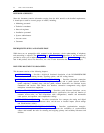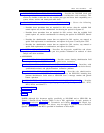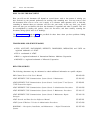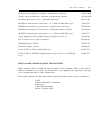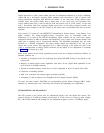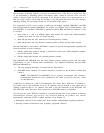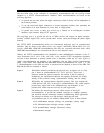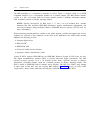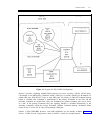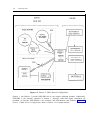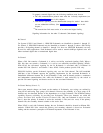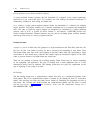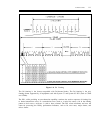
1-4
INTRODUCTION
The BRI terminates at a subscriber’s residence or office. There, it connects either to an ISDN
compatible terminal or to a conventional terminal via a terminal adapter. The BRI channel structure
consists of a 2B + 1D format. Each B or bearer channel provides a 64K-bps information channel.
Each D-channel provides a 16K-bps signaling channel.
NOTE: Specific descriptions for BRI layers 1, 2, and 3 are not included here. Another
document that fully describes ISDN-BRI architecture, specific administration requirements, and
service provisioning is being developed. (Refer to ISDN-BRI Reference Manual (555-025-102) for
more information.)
When connecting customer-premises switches to the public network, consider the features and services
supported on each end of the connection. At the time of this publication, the AT&T public network
supported the following services:
● Switched digital service
● MEGACOM
®
● MEGACOM 800
●
Call-by-call (CBC) Service Selection
● Automatic number identification (ANI)
System 85 R2V4 supports ISDN-PRI but not ISDN-BRI. However, System 85 R2V4 uses the line-
side digital communications protocol (DCP) to provide end-to-end digital connectivity. The DCP
channel structure consists of 2I + 1S channel format. Each I-channel provides a 64K-bps
information (voice/data) channel, while the S-channel provides an 8K-bps signaling channel. The
DCP is similar to ISDN-BRI, both in structure and in function. The DCP was AT&T’s early attempt
to offer (what at that time was) the evolving BRI standard. Figure 1-1, System 85 R2V4 ISDN
Configuration, shows various trunk-side and line-side connections to a System 85 R2V4.



